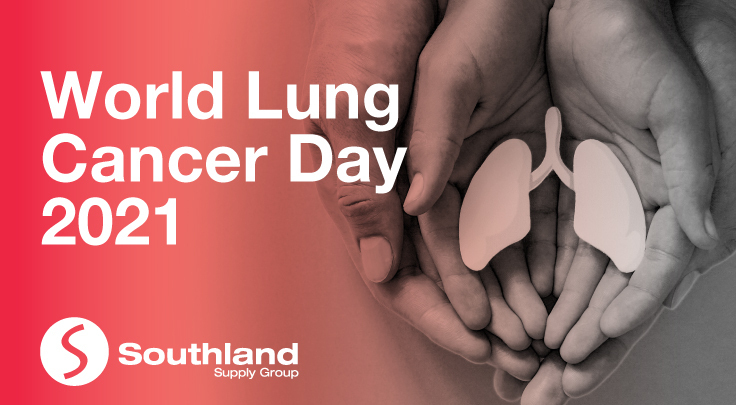
Taking place on 01 August, World Lung Cancer Day raises awareness about lung cancer and its global impact. This day aims to create an educational movement of understanding lung cancer risks, prevention, as well as early treatment around the world. The campaign started in 2012 which was organized by the Forum of International Respiratory Societies, in collaboration with the International Association for the study of Lung Cancer and also the American College of Chest Physicians.
Study shows that lung cancer is responsible for nearly 1 in 5 cancer deaths around the world. While lung cancer and breast cancer are diagnosed at the same rate (11.6 percent), lung cancer kills more people yearly than breast, colon and prostate cancers combined. In 2012, there were 1.8 million newly diagnosed cases of lung cancer alone and it is projected to reach 2.45 million by 2030, a 39 percent increase in just over a decade.
While most understand that smoking is the single greatest risk factor for lung cancer at 80 percent of all cases, other lesser-known risk factors include the workplace environment and genetics. Environmental exposure to radon, asbestos, arsenic, beryllium and uranium has been linked to lung cancer. The risk of lung cancer also increases with a history of cancer in another part of the body, age, family history, radiation to the chest area and lung diseases like chronic obstructive pulmonary disease (COPD).
Work-related Lung Cancer
Cancer is the silent, slow killer of people working across the world. Work-related cancer claims 742,000 lives a year worldwide. Most types of lung disease can be caused by work exposures including asthma, chronic obstructive pulmonary disease (COPD), interstitial lung diseases, lung cancer, pulmonary infections, and pleural disease. Therefore, it is vital to recognise whether exposures in your workplace are contributing to your lung disease so that necessary steps can be taken to prevent the lung disease or keep it from progressing.
How can work-related lung diseases be prevented?
Most work-related lung diseases can be prevented by reducing or eliminating exposures to substances in the workplace that may be causing disease or making your current disease worse. Examples of things that can be done to control exposures include:
- Reducing work exposures, such as making sure the exhaust ventilation system pulls fumes away from you and provides good air exchange,
- Replacing dangerous materials being used with safer ones,
- Wearing a respirator whenever you may be at risk of exposure
As mentioned above, lung cancer is also one of the most common work-related cancers, caused by exposure to dangerous carcinogens such as asbestos, silica dust and diesel fumes. However, it can be prevented by ensuring safety measures are in place to control exposure at work.
To help businesses take action against occupational cancers, Southland Supply Group offers a wide range of protective equipment such as different types of respiratory protection gear to help you and your employees prevent too much exposure to dangerous substances.
For a complete range of personal and site safety equipment, browse’s Southland’s range today.
